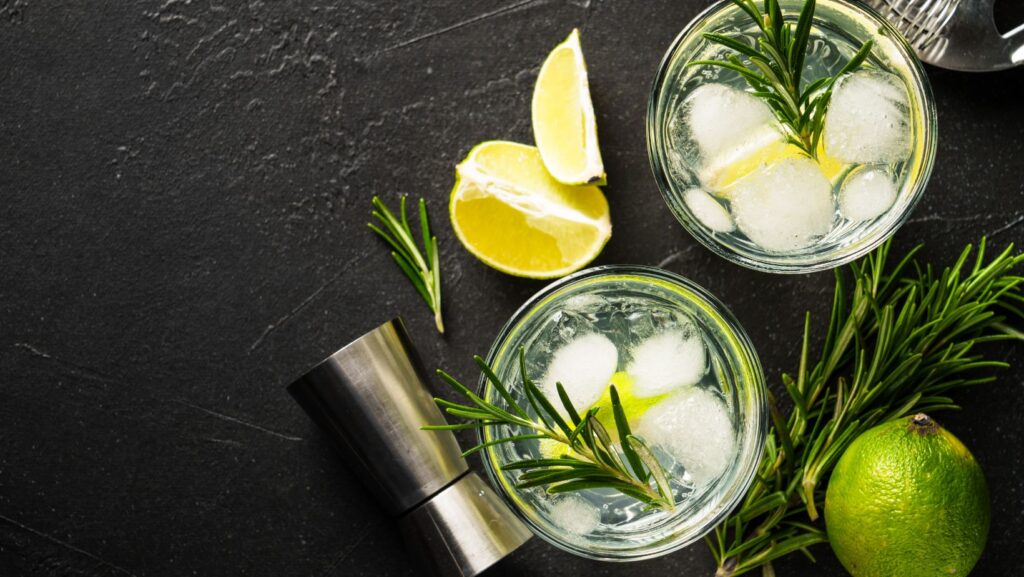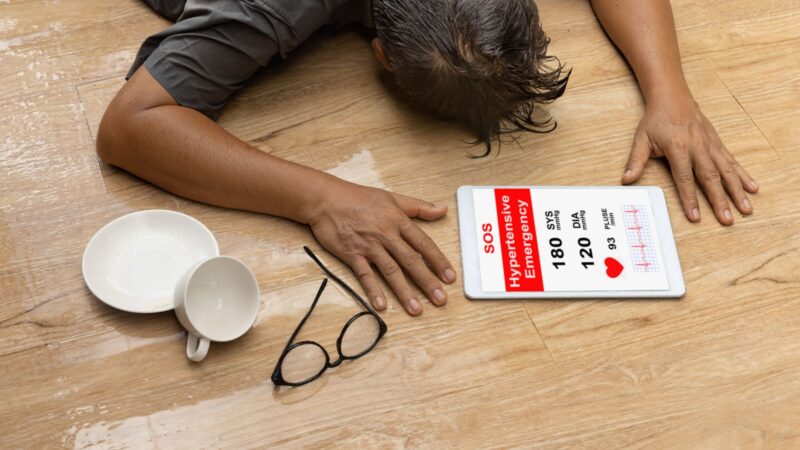
Tonic water, with its distinct bitter flavor, has been a staple in the world of cocktails and mixed drinks for centuries. While commercial tonic waters are readily available, making your own at home can be a rewarding experience. Not only do you have control over the ingredients and flavors, but you can also tailor it to your taste preferences. In this blog post, we will be guiding you through the process of making tonic water Australia at home.
The History of Tonic Water
Before diving into the recipe, let’s take a brief look at the history of tonic water. Tonic water’s origin dates back to the early 19th century when British colonists in India used quinine, extracted from the bark of the cinchona tree, as a prophylactic against malaria. Quinine has a very bitter taste, so it was mixed with soda water and sugar to make it more palatable. Thus, tonic water was born.
Ingredients and Equipment
To make your own tonic water, you will need the following ingredients and equipment:
Ingredients:
- Quinine: This is the key ingredient that gives tonic water its distinctive bitterness. You can find powdered quinine or cinchona bark from specialty stores or online.
- Citrus: Lemon, lime, and orange peels add a zesty flavor to the tonic water.
- Herbs and Spices: Juniper berries, allspice, coriander seeds, cardamom pods, and lemongrass can be used to enhance the flavor.
- Sugar: Simple syrup made from sugar and water will balance out the bitterness.
- Citric Acid: This helps to preserve the tonic water and adds a tangy flavor.
- Water: Filtered water is best to avoid any unwanted flavors.
Equipment:
- Saucepan: For simmering the ingredients.
- Fine Mesh Strainer or Cheesecloth: For straining the mixture.
- Bottles: Clean, sterilized bottles for storing the tonic water.
- Measuring Cups and Spoons: For precise measurements.
- Zester or Peeler: For removing the citrus peels.
The Recipe
Here’s a step-by-step guide to making your own tonic water:
Prepare the Ingredients:
- Citrus Peels: Use a zester or peeler to remove the peels from 2 lemons, 2 limes, and 1 orange. Avoid the white pith as it can be bitter.
- Spices: Crush 1 tablespoon of juniper berries, 1 teaspoon of allspice berries, 1 teaspoon of coriander seeds, and 2 cardamom pods. You can also add a stalk of lemongrass, chopped into pieces.
Make the Quinine Base:
- In a saucepan, combine 4 cups of water, the citrus peels, and the crushed spices.
- Add 1 tablespoon of powdered quinine or cinchona bark. If using cinchona bark, it’s a good idea to place it in a cheesecloth pouch for easy removal.
- Bring the mixture to a boil, then reduce the heat and let it simmer for 20 minutes.
Add Sweetness and Tang:
- After 20 minutes, add 2 cups of sugar to the saucepan and stir until it dissolves completely.
- Add 1 tablespoon of citric acid to the mixture.
Strain the Mixture:
- Once the sugar has dissolved, remove the saucepan from heat and let it cool slightly.
- Strain the mixture through a fine mesh strainer or cheesecloth into a clean bowl or jug. This will remove the solids and leave you with a clear tonic syrup.
Bottle the Tonic Syrup:
- Pour the strained tonic syrup into sterilized bottles. You can use glass bottles with tight-sealing lids to keep the syrup fresh.
- Store the bottles in the refrigerator. The tonic syrup should last for several weeks.
Making Tonic Water from the Syrup
To make tonic water, simply mix your homemade tonic syrup with carbonated water. The ratio is typically 1 part tonic syrup to 4 parts carbonated water, but you can adjust this to taste.
Customizing Your Tonic Water
One of the joys of making your own tonic water is the ability to customize the flavors. Here are a few ideas to get you started:
- Herbal Tonic Water: Add fresh herbs like rosemary, thyme, or mint to the simmering mixture for an herbal twist.
- Floral Tonic Water: Infuse the syrup with edible flowers like lavender or chamomile for a delicate floral note.
- Spicy Tonic Water: For a kick, add a few slices of fresh ginger or a pinch of cayenne pepper to the mixture.
Pairing Your Tonic Water
Homemade tonic water can elevate your favorite cocktails. Here are a few classic pairings:
- Gin and Tonic: The quintessential tonic water cocktail. Pair your homemade tonic water with a high-quality gin and a wedge of lime.
- Vodka Tonic: A simple yet refreshing drink. Mix your tonic water with vodka and a slice of lemon.
- Tonic and Bitters: For a non-alcoholic option, add a few dashes of aromatic bitters to your tonic water.
Troubleshooting Common Issues
- Bitterness: If your tonic water is too bitter, reduce the amount of quinine or cinchona bark. You can also increase the sugar slightly to balance the bitterness.
- Cloudiness: If your tonic syrup is cloudy, make sure to strain it thoroughly. Using a fine mesh strainer or multiple layers of cheesecloth can help achieve a clearer syrup.
- Flavor Balance: Experiment with the amount of citrus, herbs, and spices to find the perfect flavor balance for your palate.
The Benefits of Homemade Tonic Water
Making your own tonic water offers several benefits:
- Control Over Ingredients: You can avoid artificial additives and sweeteners commonly found in commercial tonic waters.
- Customization: Tailor the flavor to your liking and experiment with different ingredients.
- Cost-Effective: Homemade tonic water can be more economical, especially if you make large batches.
Conclusion
Creating your own tonic water at home in Australia is a fun and rewarding project. Not only does it allow you to experiment with flavors and customize your drinks, but it also gives you a greater appreciation for the history and craft behind this beloved beverage. Whether you’re enjoying a classic gin and tonic or creating your own signature cocktail, homemade tonic water is sure to impress. So gather your ingredients, follow the steps, and start brewing your own tonic water today!












